BR-V is Honda's current offering in the people-carrier class. We got behind the wheel of the i-DTEC diesel to give it a thorough vetting. Here's what we found
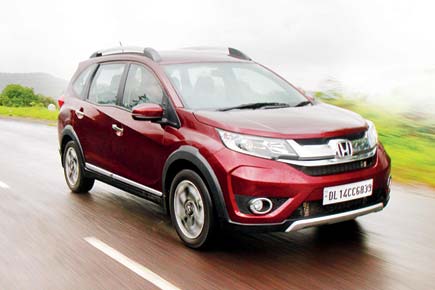
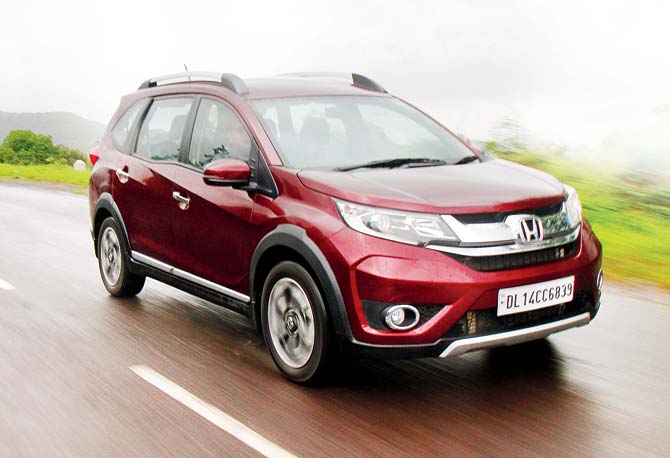
ADVERTISEMENT
The Honda BR-V certainly looks the part — long and a little hint of menace to its visage.
The housings for the projector lamps are linked together, with a thick chrome bar sporting the iconic ‘H’ logo in the middle, and the whole effect is a front fascia that looks like it means business. The effect is further underscored by those sizeable fog lamps and silver under-bumper highlights. The 16-inch alloys look like they were inspired by a shuriken (a traditional ninja throwing star) — which it may have, considering Honda is a Japanese firm.
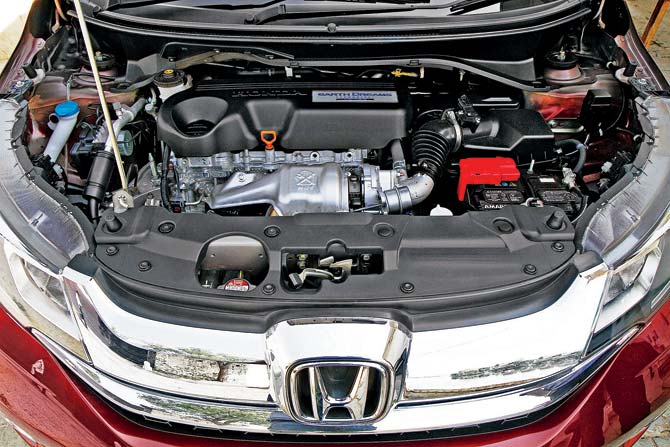
The 1.5-litre turbo-diesel engine is both powerful and frugal
The cabin is one of the easiest in terms of ingress and egress, and once inside, there wasn’t too much to complain about either. The seats are leather-wrapped, comfortable, and everything is awash in black and its gradients, giving the BR-V’s interior that touch of class.
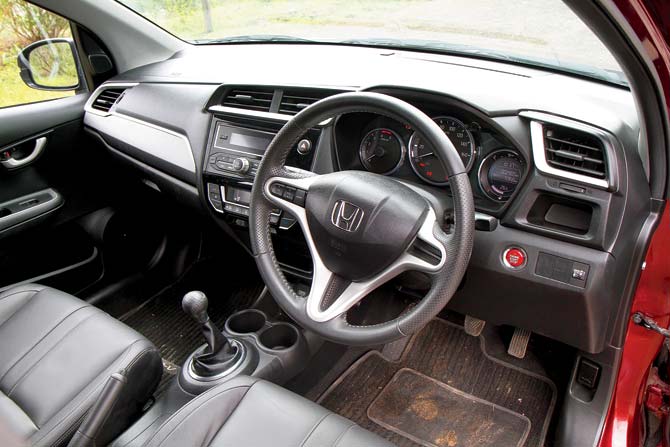
The cabin is spacious, but lacks some convenience features
Thanks to the BR-V’s 2,662-mm wheelbase, knee room is ample in the first two rows and adequate in the third one as well, as long as you’re not too tall, that is. Boot space spans from 223 litres, with the third row up to 691 litres with it folded down, which definitely indicates plenty of space to stash your gear, and because of the low lip loading, all that gear isn’t too much of a strain either. There is a lot of foldability on offer, too; the third row is split 50:50, and the second 60:40, allowing a number of permutations and combinations based on how much space you want to take up.
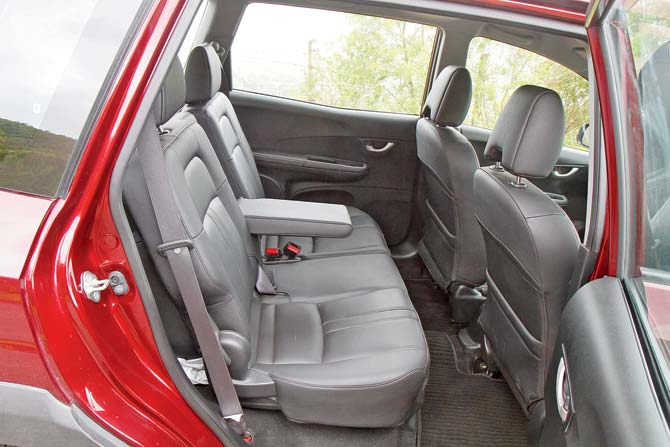
The BR-V is the only seven-seater in its class. Pics/Sanjay Raikar
The touchscreen on the BR-V is conspicuous by its absence. Instead, we have to make do with an audio system from simpler times, which is a shame and puzzling, because even the Honda Amaze now comes with a touch-infotainment, as do the Jazz, the City, and the Mobilio. It does, however, come with the usual Bluetooth connectivity, steering-mounted controls, and hands-free phone usage abilities along with USB connectivity (music placed within folders did not play, though).
It offers neither a video feed of what’s going on behind nor the comforting beep of a parking sensor. For a car this long, that is a glaring omission from Honda.
This i-DTEC VX is powered by Honda’s 1.5-litre diesel engine, which produces 100 PS at 3,600 RPM and 200 Nm of torque at 1,750 RPM. As we began driving along, we noticed the usual turbo lag, which does hamper the urgency of the BR-V. Once past it, though, the car does pull away cleanly and even climb steadily to high speeds. The cabin noise levels are definitely lower than on its Mobilio cousin. Overall, while engine refinement is not bad, it still isn’t to the high level we have come to expect from the Honda stable. The six-speed transmission system is pretty sorted.
Handling-wise, there is perceptible body roll, as is typically found in cars of this genre, but it isn’t disconcerting. The steering is light, too, allowing for quick changes of direction. Steering feedback is a tad on the low side, but it isn’t too bothersome. Braking power is brought via a front disc/rear drum set-up and provides enough urgency, but progression is lacking.
Safety features include the likes of ABS with EBD, dual front airbags and impact-sensing auto door unlock. We extracted a fuel efficiency of 16 km/litre in the city and 22 km/litre on the highway, which is a revelation. Price-wise, this VX variant can be yours for Rs 16.02 lakh (on-road, Pune), and for that price, while we would have liked more toys and kit, it’s a good choice if your priorities are practicality, fuel efficiency and comfort — all that make a big road-trip vehicle.
 Subscribe today by clicking the link and stay updated with the latest news!" Click here!
Subscribe today by clicking the link and stay updated with the latest news!" Click here!






